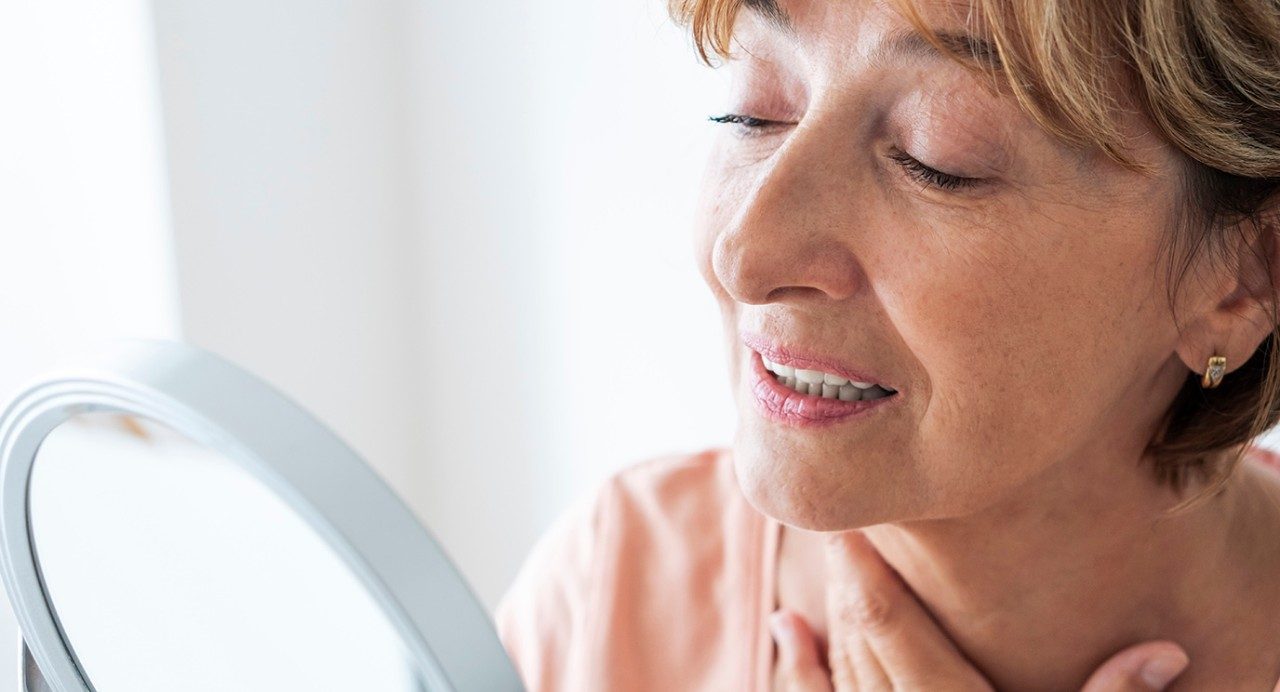At MD Anderson, we’re driven to strike out cancer. This drive has led us to team up with The Ballpark of the Palm Beaches and AT&T SportsNet to educate baseball fans about ways they can reduce their risk of cancer, and how to support MD Anderson’s mission to end cancer.


Clayton Kershaw and the mission to end cancer
Video Gallery
Cancer Prevention Education
What does skin cancer look like?
Maintaining your health requires more than living a healthy lifestyle and keeping up with regular health care like screenings and...
Sun damage: Does age matter?
When it comes to protecting your skin from the sun’s UV rays, starting young is definitely best.
But if sun safety wasn’t on your...












